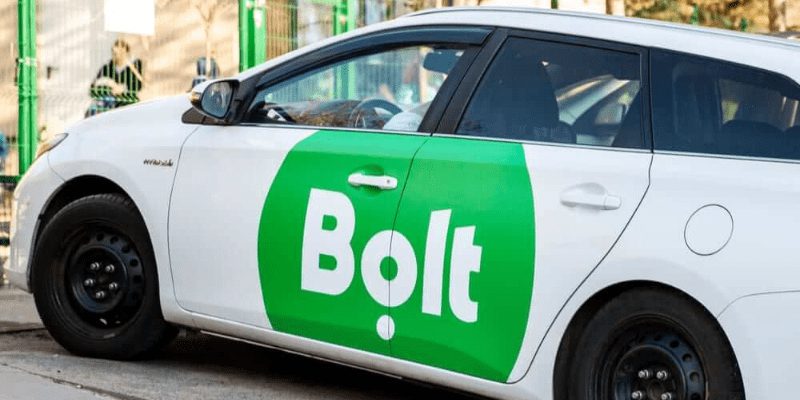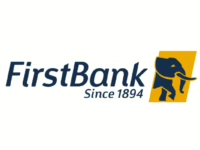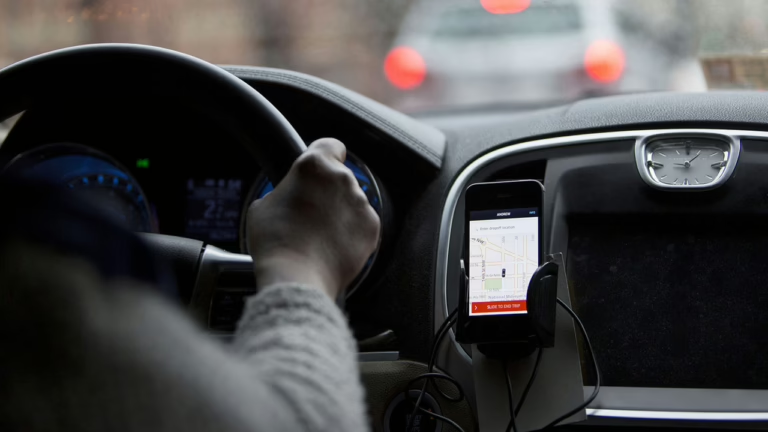In South Africa, new transport regulations have introduced geographic restrictions for e-hailing drivers, meaning Uber, Bolt, and similar service providers can no longer operate freely across provincial borders. Licences will now be province-specific, confining pickups and drop-offs to the area where the licence is registered.
This adjustment is part of comprehensive reforms under the updated National Land Transport Act (NLTA), which came into effect in September. Drivers who drop passengers off outside their licensed province are required to return without passengers, as accepting fares across provincial lines is prohibited.
The Department of Transport states that these measures aim to formalize an industry that has long functioned in a regulatory grey area. Officials believe that stricter controls will enhance passenger safety, ease tensions with minibus taxi operators, and standardize regulations nationwide.

However, these new boundaries could significantly alter the working patterns of thousands of drivers and impact commuters who depend on inter-provincial travel, particularly in border areas such as Gauteng, Mpumalanga, and North West.
Additional Regulations for Ride-Hailing Drivers in South Africa
- Drivers must now possess official e-hailing operating licences; previous “charter” and “meter taxi” permits are no longer recognized.
- Vehicles are required to display clear e-hailing signage, which authorities say helps passengers and regulators easily identify legitimate service providers.
- All e-hailing cars must be equipped with physical panic buttons accessible to both drivers and passengers, supplementing app-based safety features that regulators deem insufficient alone.
- Professional driving permits and criminal background checks are mandatory prerequisites for licence approval.
- Drivers have a 180-day grace period to comply with these new standards. Non-compliance could result in fines up to R100,000 or even imprisonment.
- Licences are priced at approximately R600 and must be renewed every five years.
- Ride-hailing companies must ensure their platforms are registered with regulatory bodies. Permitting unlicensed drivers to operate could lead to fines or criminal charges against the companies.

Challenges, Concerns, and Optimism
These regulatory changes follow years of uncertainty, as the e-hailing industry operated in a liminal space between formal oversight and informal practice. This ambiguity has sometimes led to violent clashes with traditional taxi associations.
For instance, a driver was recently fatally shot near Maponya Mall, and several vehicles have been set on fire amid ongoing tensions.
Reactions among drivers are mixed. While some appreciate the enhanced safety protocols like panic buttons and visible branding, others fear that being restricted to specific provinces will reduce their income potential. Rising fuel expenses, platform fees, and stiff competition already strain their earnings.
The requirement to brand vehicles is particularly contentious. Drivers using personal cars worry that displaying logos could make them targets in high-crime areas or places with strained relations between taxi operators.
Additional concerns include potential delays in licence processing, bureaucratic obstacles, and unclear guidelines-such as what specifications the panic buttons must meet and whether provincial authorities can efficiently manage the licensing workload.
Questions also remain about how enforcement will be maintained in rural or less accessible regions.

As the 180-day compliance deadline approaches, collaboration between government agencies, ride-hailing companies, and drivers will be crucial. Training sessions for regulators and operators are already in progress.
Regulatory bodies must also ensure that all ride-hailing apps are properly registered and that enforcement is uniformly applied across all provinces. Passenger satisfaction will be closely monitored, especially for trips that cross provincial boundaries.
Passengers might experience higher fares for longer inter-provincial rides or find fewer drivers willing to service these routes. Conversely, improved safety measures and clearer regulations could foster greater trust in the e-hailing system.























0 Comments